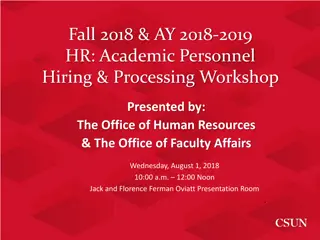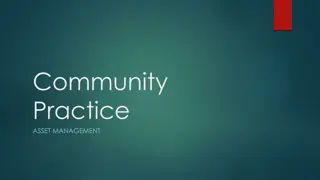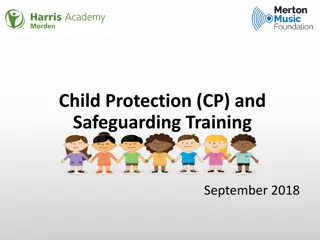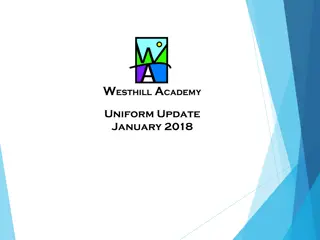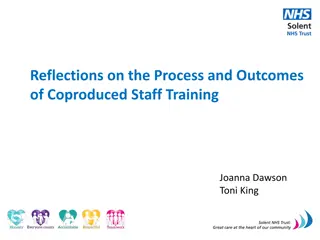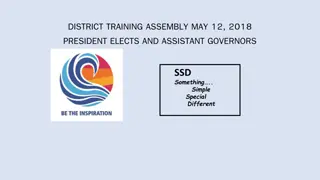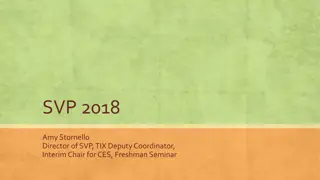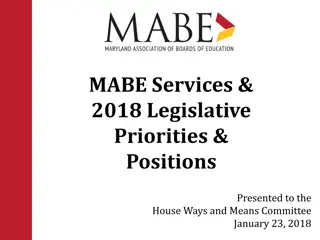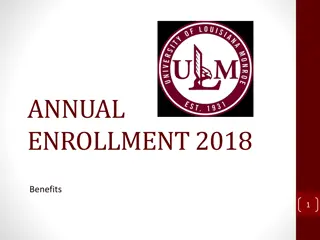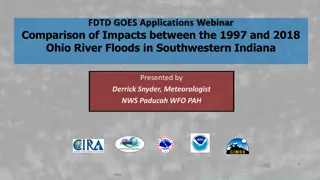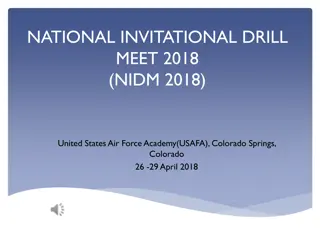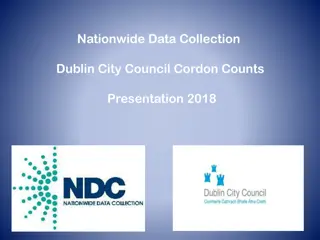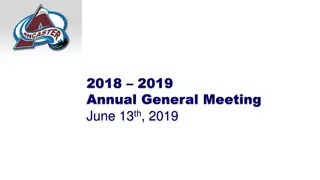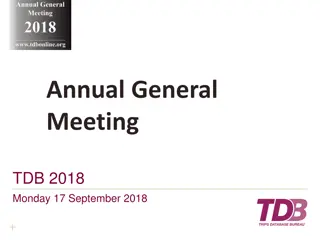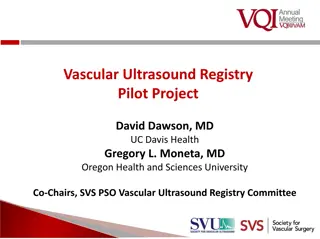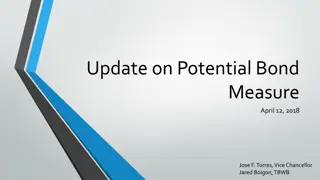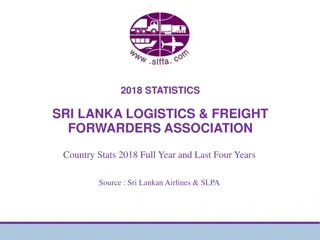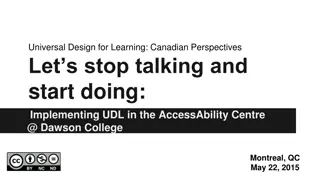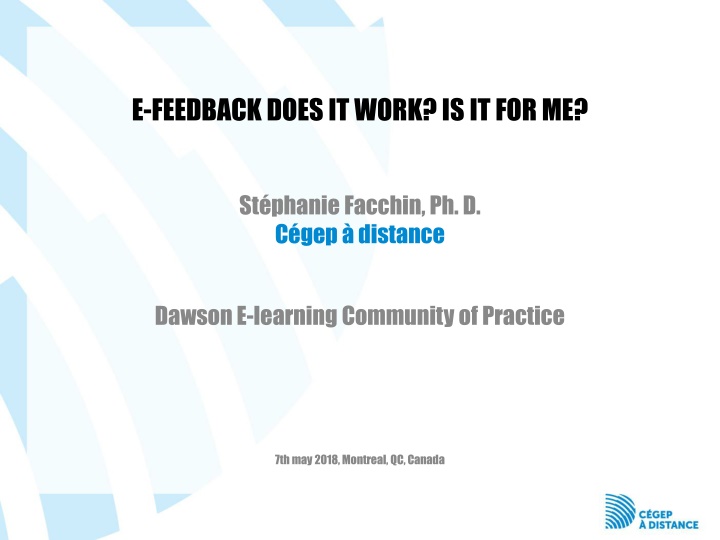
Benefits of E-Feedback in Distance Education
Discover the advantages of e-feedback over traditional written feedback in distance education. Explore research, definitions, and impact on academic results to enhance learning outcomes and student satisfaction.
Download Presentation

Please find below an Image/Link to download the presentation.
The content on the website is provided AS IS for your information and personal use only. It may not be sold, licensed, or shared on other websites without obtaining consent from the author. If you encounter any issues during the download, it is possible that the publisher has removed the file from their server.
You are allowed to download the files provided on this website for personal or commercial use, subject to the condition that they are used lawfully. All files are the property of their respective owners.
The content on the website is provided AS IS for your information and personal use only. It may not be sold, licensed, or shared on other websites without obtaining consent from the author.
E N D
Presentation Transcript
E-FEEDBACK DOESITWORK? IS ITFOR ME? St phanie Facchin, Ph. D. C gep distance Dawson E-learning Community of Practice 7th may2018, Montreal, QC, Canada
Feedback levelsin assignments 76.4% 20.0% 3.2% 0.4% T che Task Processus Process M tacognitif Self- regulation Personal Personnel et motionnel emotional Facchin, S. (Manuscrit en pr paration). Feedback in distance education: What s in it for my grade? Hattie, J., & Timperley, H. (2007). The power of feedback. Review of Educational Research, 77(1), 81-112 Rodet, J. 2000. La r troaction, support d apprentissage ? Revue du Conseil Qu b cois de la Formation Distance, 4(2), 45-74.
Feedback definition All the information provided to the learner by his teacher, as to his academic achievements or his understanding of the subject, when correcting evaluations. It aims to improve learning, persistance and academic success. (Facchin, 2018, p. 14)
Why giving e-feedback? Written feedback: takes time, space and learners have troubles to read or to understand what it is meant E-feedback: Less time consuming More feedback Facilitates appropriation Richer feedback More social presence feeling Learners more satisfied but is there an impact on academic results? Mixed results and few quantitative studies with experimental design Ackerman, D. S., & Gross, B. L. (2010). Instructor feedback: How much do students really want? Journal of Marketing Education, 32(2), 172-181. Arbaugh, J. B., Cleveland-Innes, M., Diaz, S. R., Garrison, D. R., Ice, P., Richardson, J. C., & Swan, K. P. (2008). Developing a community of inquiry instrument: Testing a measure of the community of inquiry framework using a multi-institutional sample. The Internet and Higher Education, 11(3), 133-136. Ford, S. (2015). The Effects of Written and Video/Audio Communication on Learners Perceived Feelings of Connectedness, Course Satisfaction, Participation, and Achievement in an Online Community College Algebra Course. Texas Tech University. Ice, P., Curtis, R., Phillips, P., & Wells, J. (2007). Using Asynchronous Audio Feedback to Enhance Teaching Presence and Students' Sense of Community. Journal of Asynchronous Learning Networks, 11(2), 3-25. Johnson, G. M., & Cooke, A. (2016). Self-regulation of learning and preference for written versus audio-recorded feedback by distance education students. Distance Education, 37(1), 107-120. Macgregor, G., Spiers, A., & Taylor, C. (2011). Exploratory evaluation of audio email technology in formative assessment feedback. Research in Learning Technology, 19(1), 39-59. Mathisen, P. (2012). Video feedback in higher education, - A contribution to improving the quality of written feedback. Nordic Journal of Digital Literacy, 7(2), 93-117. Roberge, J. (2008). Rendre plus efficace la correction des r dactions. Rapport de recherche PAREA. Montr al, QC : C gep Andr -Laurendeau. Wade, N. N. (2016). The Face Of Feedback: Exploring The Use Of Asynchronous Video To Deliver Instructor Feedback In Multidisciplinary Online Courses. (Doctoral dissertation), Wayne State University.
What was tested and why? < < < 574 E-feedbacks 62% N = 236 experimental group N = 114 control group 23 years (SD = 6.2)
Effect on achievement and on drop out rates Lower dropout rate (36% vs 44%) Higher success rate (47% vs 39%) Same failure rate (17%)
Significant effect (winter session) 2 (2, n = 113) = 6,27; p <,05; phi = 0,24 60% 51% 50% 50% 40% 33% Abandon chec R ussite Success 27% Drop out Failure 30% 23% 17% 20% 10% 0% Groupe exp rimental group Groupe t moin Control group Experimental
Significant differences on grades 90 84.99 83.26 82.47 80.51 83.06 80 80.54 75.88 70.65 74.15 70 ** ** 67.64 F (1, n = 177) = 9.41, p = .01 F (1, n = 177) = 6.17, p = .01 57.39 60 55.07 50 Devoir1 Devoir2 Devoir3 Devoir4 Examen Note au cours Devoir+ Groupe t moin
Audio for success and video for dropout 80% 2(2, n = 198) = 7,10; p < 0,05; phi = 0,19 71% 70% Abandon Drop out Failure Success 60% chec 52% 44% R ussite 50% 38% 40% 32% 29% 25% 30% 20% 10% 10% 0% 0% Audio Vid o Visioconf rence
Learners satisfaction Preference for video feedback Audio only 6% Video only 7% Written only 6% It is a faster way to hear about your work It really allowed me to understand my mistakes and to correct myself for the exam. This is of course due to the fact that Devoir + is still at a young stage, but it would be nice to film the assignment and point out errors at the same time that the tutor explains the mistakes I made. So, it would be as if our teacher was next to us. (learners with audio only) Video and written 54% Audio and written 27% Audio only Video only Written only Audio and written Video and written To what extent are you satisfied with e-feedback? a little, 3% Not at all; 2% Moderately, 9% Access to feedback Absolutely, 31% Sound or image quality (Camera Ziggy) Good Internet service Rather; 56% Download file rahter than streaming
Good practices for e-feedback To foster listening and receptivity: Be brief, no more than 5 minutes Start with salutation Clearly indicate where your comments relate to Sum up good points and weaknesses End with a question to invite student to reflect Be natural! To foster editing process: Quiet place Prepare your comments before strating recording Do not spend time on redoing your recording Ensure to have a good speed of Internet connection Keep a copy of your recording and name the file with a unique code pertaining to each learners To foster the effect of feedback on academic results: Feed Up (where I am going?), Feed Back (How I am going?), Feed Forward (Where to next?) (Hattie & Timperley, 2007) Go further than academic correction Give explanations on why it is wrong and right Give examples Specify if the goals (competencies) are achieved Comments also have to be related to the task rather than on the motivational side only
Finally As E-feedback is within everyone s reach and give siginificant results on academic achievement, E-feedback is on the way to become a sustainable practice within our new tutoring system. BUT Always remember that it is the content of feedback that makes the difference rather than the medium you use to convey your message!
Comments Questions What about you?
Thank you sfacchin@cegepadistance.ca To go further : http://cegepadistance.ca/accueil-reseau- education/la-recherche-au-cegep-a- distance/
Impact sur le travail de tuteur Prise de rdv Skype par messagerie (aller et retour). Permet d apporter des pr cisions sur les erreurs et ce qui est attendu. Appropriation des logiciels. Personnalisation de la r troaction. Ajout de t ches suppl mentaires: num risation du devoir. Facilite la cr ation d une relation (plus de messages de la part des apprenants Devoir+). N cessite une bonne vitesse pour le transfert sur Internet pour t l verser. Skype: obligation d tre pr sent en m me temps, demande de la disponibilit . Sentiment d tre plus pr s des tudiants. Continuit entre les correction et les r troactions car on peut retrouver les anciennes r troactions. Retarde le traitement du devoir. Difficile de trouver un moment tranquille. Difficile de s en tenir 5 min. Gratification de la part des tudiants. Gestion des fichiers. Meilleure communication (plus et plus cibl e). D courager par les probl mes de d p t des fichiers.

